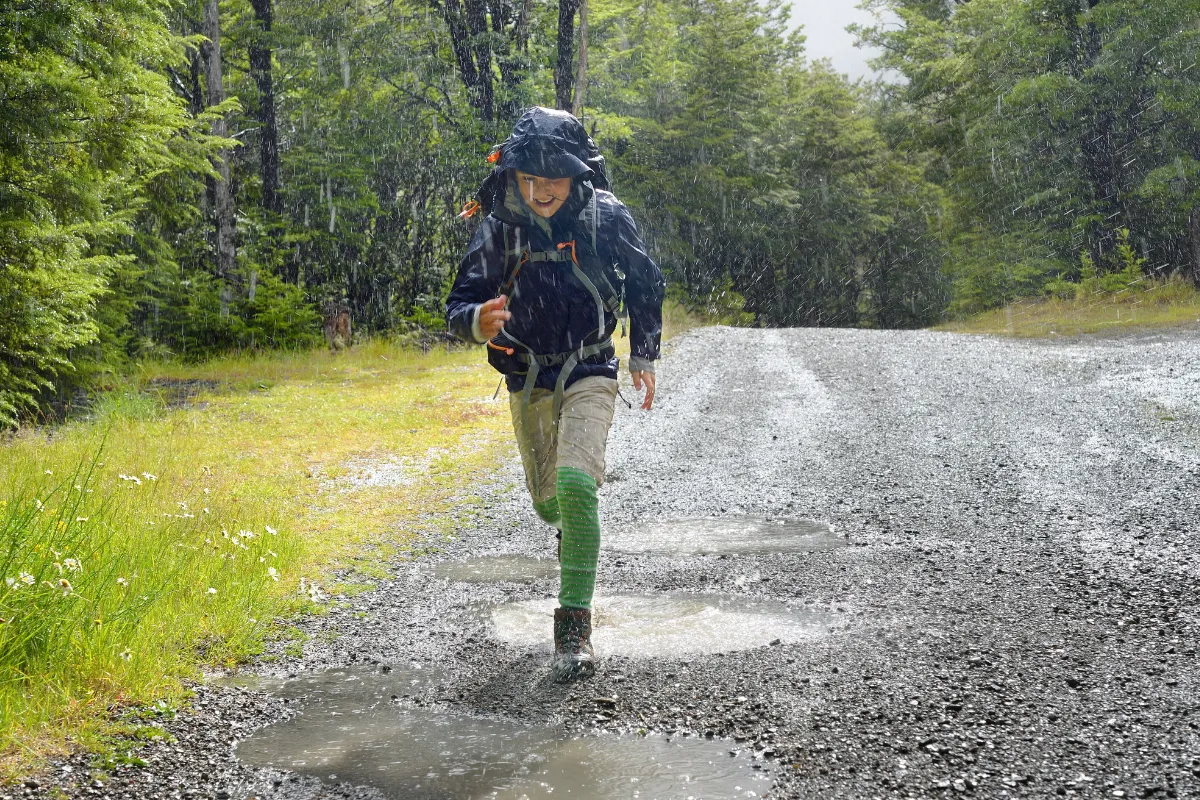Running is a liberating activity that allows individuals to connect with nature, clear their minds, and stay physically fit.
However, when the skies open up and rain begins to fall, many runners retreat indoors, fearing the discomfort and potential hazards associated with running in wet conditions.
Yet, with the right preparation and mindset, running in the rain can be an exhilarating and rewarding experience.
In this comprehensive guide, we’ll explore essential tips for mastering the art of running in the rain, ensuring that you stay safe, comfortable, and motivated regardless of the weather.
Embrace the Mindset:
Running in the rain requires a shift in mindset.
Instead of viewing it as an inconvenience, see it as an opportunity for adventure and a chance to connect with nature in a unique way.
Embrace the feeling of raindrops on your skin and the rhythmic sound of your footsteps against the wet pavement.
Adopting a positive attitude will not only make the run more enjoyable but also enhance your mental resilience as a runner.
Dress Appropriately:
Choosing the right attire is crucial for staying comfortable and preventing chafing or discomfort during rainy runs.
Opt for moisture-wicking, quick-drying fabrics that will help wick sweat away from your body and prevent you from feeling weighed down by soggy clothing.
A lightweight, waterproof jacket with ventilation options will keep you dry without causing overheating.
Additionally, wear a hat or visor to shield your face from raindrops and improve visibility.
Protect Your Electronics:
Rain can pose a significant threat to electronic devices such as smartphones, fitness trackers, and music players.
Invest in a waterproof armband or pouch to protect your phone from moisture while allowing you to access essential features such as GPS tracking or music playback.
Alternatively, consider using a waterproof case or a zip-lock bag as a budget-friendly solution.
Ensure that any electronic devices are securely sealed to prevent water damage.
Choose the Right Footwear:
Selecting the appropriate footwear is paramount for maintaining stability and preventing slips and falls on wet surfaces.
Look for running shoes with adequate traction and water-resistant or waterproof materials to keep your feet dry.
Avoid shoes with excessive mesh or ventilation holes, as they can allow water to seep in easily.
Additionally, consider wearing moisture-wicking socks to help prevent blisters and keep your feet comfortable throughout the run.
Adjust Your Pace and Technique:
Running in the rain requires adjustments to your pace and running technique to accommodate for slippery surfaces and reduced visibility.
Slow down your pace slightly to maintain control and minimize the risk of slipping on wet pavement or trails.
Focus on shortening your stride and increasing your cadence to improve stability and reduce the impact on your joints.
Keep your posture upright, and maintain a relaxed upper body to conserve energy and prevent tension.
Stay Hydrated:
Although you may not feel as thirsty when running in cooler, rainy conditions, it’s essential to stay hydrated to support optimal performance and recovery.
Drink water before, during, and after your run to replenish fluids lost through sweat and respiration.
Consider carrying a hydration pack or wearing a hydration belt for longer runs, ensuring easy access to fluids without interrupting your stride.
Electrolyte-enhanced beverages can also help replace essential minerals lost during prolonged exercise.
Be Mindful of Safety:
Running in the rain presents unique safety considerations that runners must be mindful of to reduce the risk of accidents or injuries.
Exercise caution when navigating slippery surfaces such as wet leaves, puddles, or uneven terrain.
Avoid running near busy roads or intersections where visibility may be impaired by rain or fog.
Wear bright, reflective clothing or accessories to enhance visibility to motorists and other pedestrians.
If lightning is present, seek shelter indoors and wait until the storm has passed before resuming your run.
Post-Run Care:
After completing your rainy run, take the time to properly care for your gear and yourself to promote recovery and prevent discomfort.
Remove wet clothing promptly and hang them to dry in a well-ventilated area to prevent mold or mildew growth.
Rinse off any mud or debris from your shoes and allow them to air dry completely before wearing them again.
Take a warm shower to raise your body temperature and soothe sore muscles, followed by gentle stretching to improve flexibility and reduce stiffness.
Conclusion:
Running in the rain can be a refreshing and invigorating experience that allows you to connect with nature while staying active and healthy.
By following these essential tips for running in wet conditions, you can minimize discomfort, stay safe, and maximize your enjoyment of rainy-day runs.
Remember to embrace the challenge, dress appropriately, adjust your pace and technique, stay hydrated, prioritize safety, and practice post-run care to ensure a successful rainy run every time.
So, lace up your shoes, embrace the elements, and hit the rainy trails with confidence!
